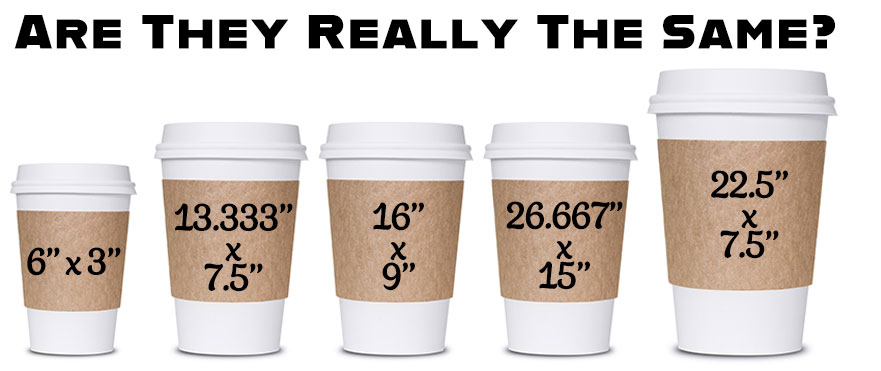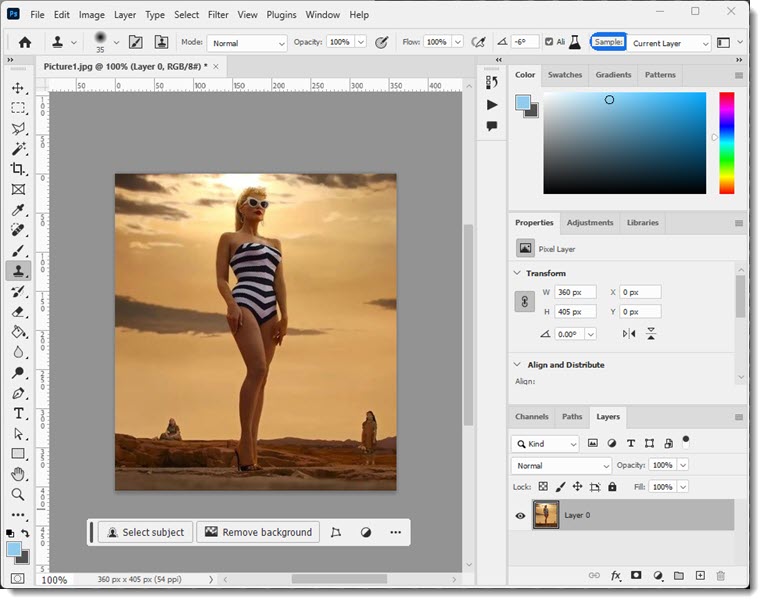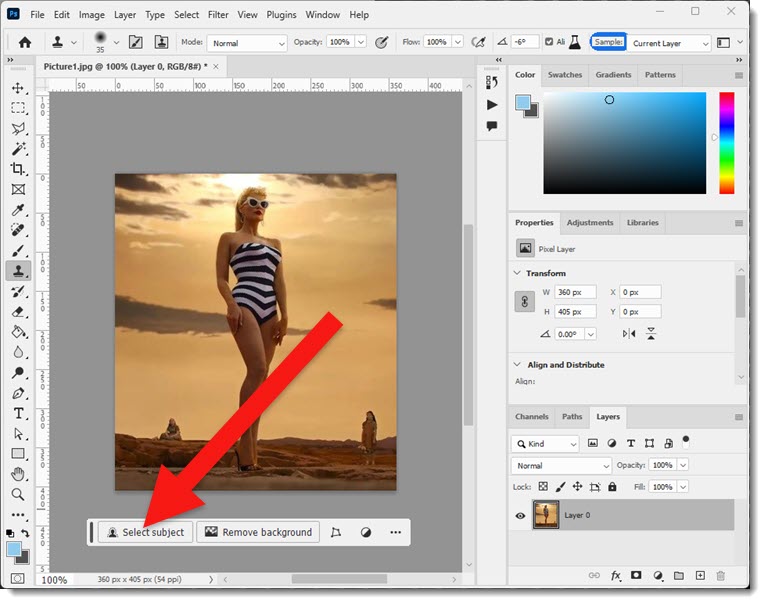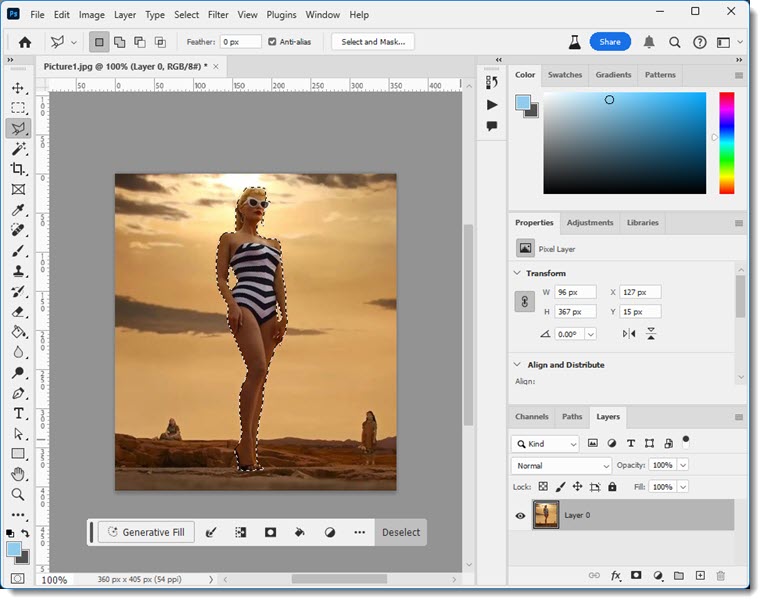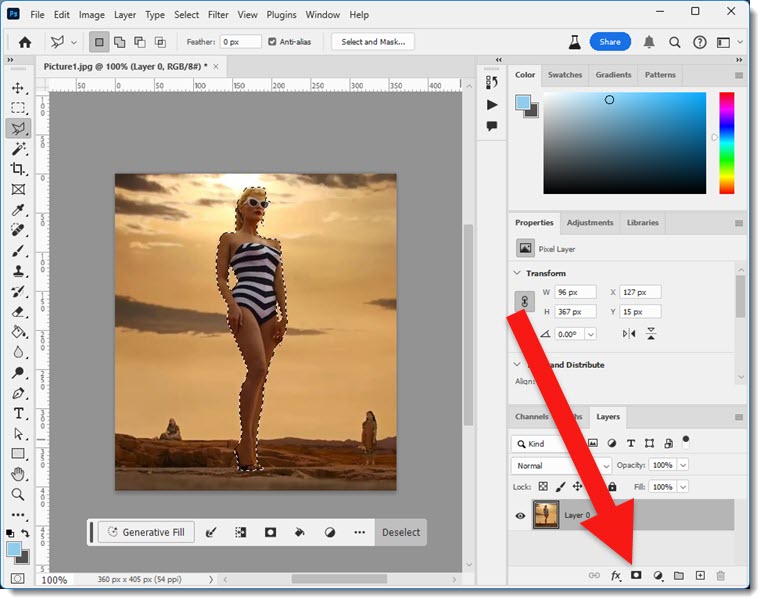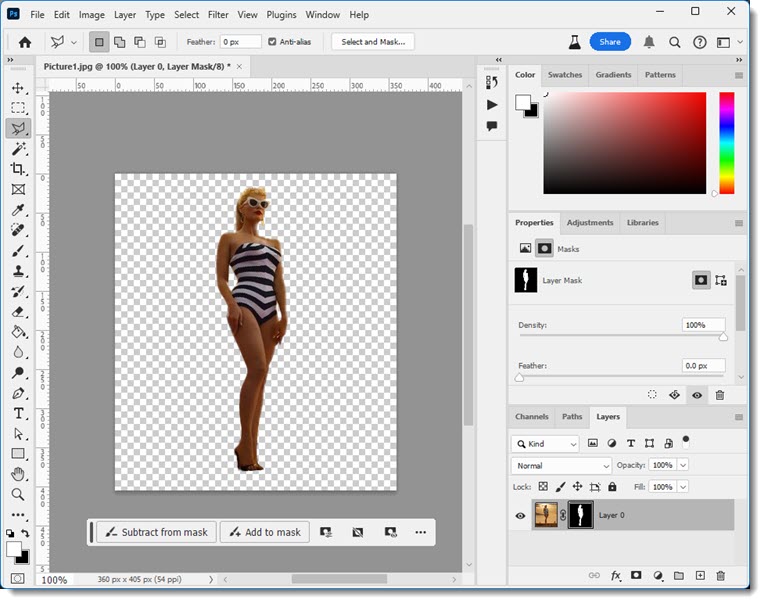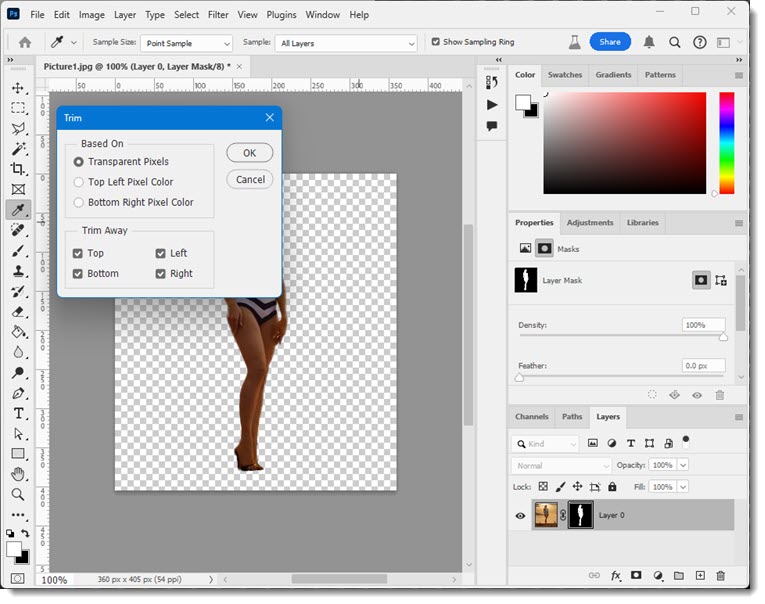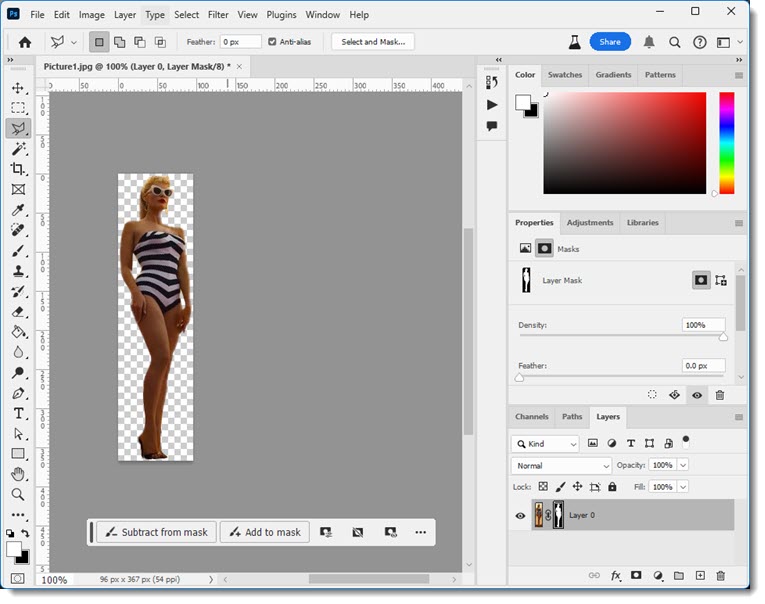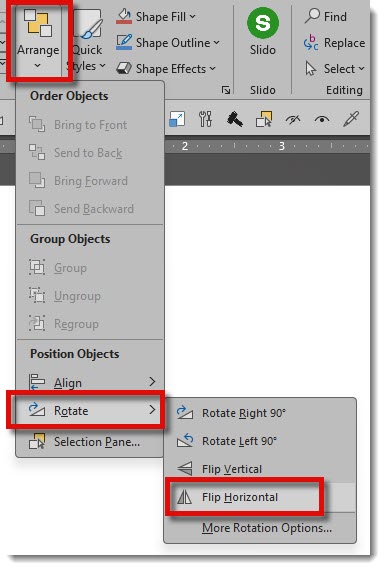I work with PowerPoint on a daily basis and I am very honored to be a Microsoft PowerPoint MVP. We have a talented team of presentation designers at TLC Creative Services and ThePowerPointBlog is our area to highlight PowerPoint tips, tricks, examples and tutorials. Enjoy! Troy Chollar
#3. Behind-the-Scenes PowerPoint Issues
Slide page numbers are a nice feature to utilize in Microsoft PowerPoint for the speaker to keep track of the presentation. But are the page numbers in your presentation setup and used as designed?
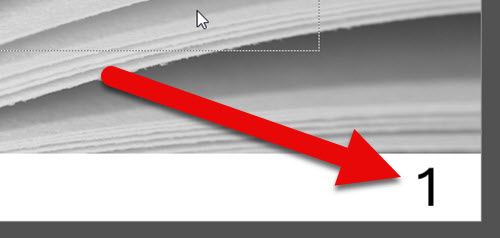
Page numbers are an easy automated element in PowerPoint when setup correct.
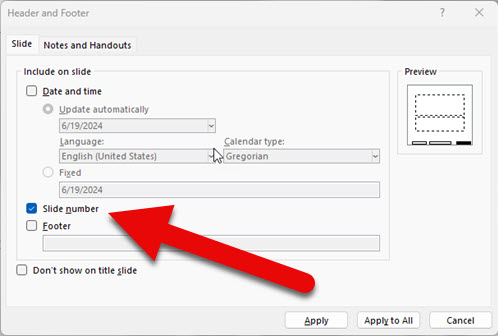
While page numbers may display on slides, that does not equate to setup correct. And not being setup correct is something the TLC Creative presentation design team spends literally hours fixing (time that does not need to be added to the project invoice if setup and used correct) if not set up properly.
Before talking about setup and use issues, let me address this common question – should page numbers be used at all?
The conversation is generally about how page numbers take up unnecessary space, they don’t benefit the audience, and often are not formatted consistent throughout a presentation. Ultimately, it is up to the presenter. But if the presentation template is preset for page numbers, which also enables them to be turned on/off in 3 clicks, then TLC Creative finds the value in page numbers. We like to keep page numbers active on all slides during the design and rehearsal phases for easy reference to what slide has revision requests. Then we turn them off for the actual presentation.
Page Number Problems
Problem 1: Manually adding a text box with the page number to a slide. This is short term thinking. What if the slide count changes? What if the real slide numbers are turned on and now the slide has two different slide number text boxes on the slide?
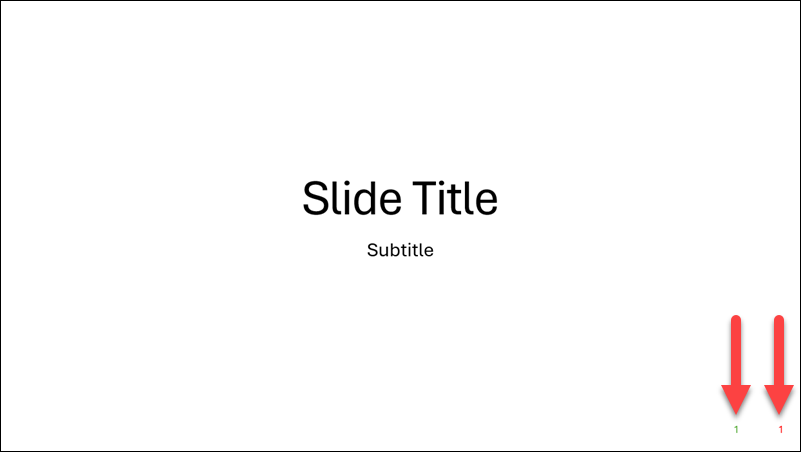
Problem 2: Slide numbers are added as hard-coded text boxes “<#>” that are not linked to the slide number footer. While this works, it is also short term planning. What happens when slides move into another presentation and have hard-coded text boxes?
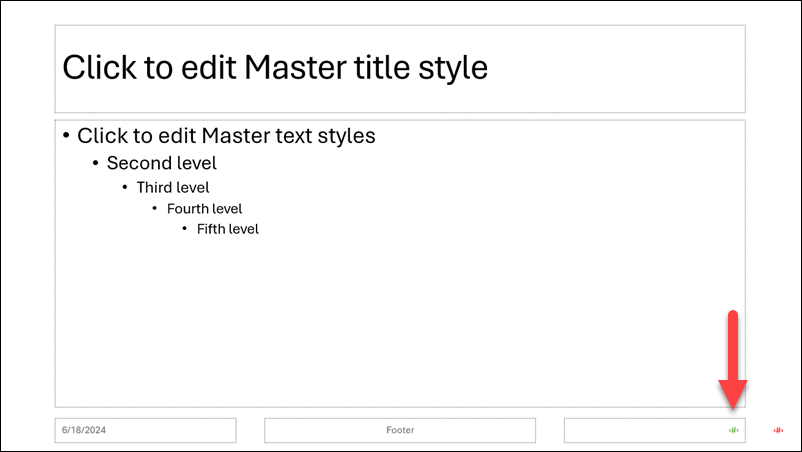
Problem 3: Slide number text is in different position and text formatting across slides. This goes back to properly setting up the master slide within Microsoft PowerPoint. Using the preset slide number text placeholder position and formatting is the best way to maintain consistency throughout the presentation. Then resetting the slide will update text boxes to be consistent (Microsoft – why is there not an option to just reset the footer placeholders formatting and not the full slide!).
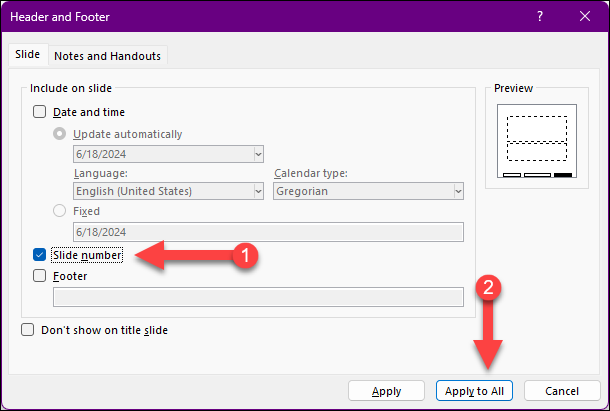
The key is being able to use Microsoft PowerPoint’s HEADER AND FOOTER feature that instantly can add, or remove, slide numbers from a selection of slides or the entire slide deck in 3 clicks. Remember, a text box will display the page number; however if that text box is not linked to the master slide footer placeholder for text boxes it is more of a problem than help, because only slide number footer text placeholders are programmed to function with the header/footer dialog options.
How Does It Work?
The good news is, it just works. There are no options or settings. Just go to INSERT > HEADER & FOOTER (or SLIDE NUMBER) > on the HEADER AND FOOTER dialog > check or uncheck the “Slide Number” box > click “Apply” to change just the selected slides, or “Apply to All” to change all slides in the presentation*. Done!
TIP *: “Apply to All” only applies to all slides that use that Master Slide. If the presentation has multiple master slides (see Issue #1 in this series on multiple masters) slide number formatting and just turning on/off requires more effort.
TIP: Turn off slide numbers on all slides, using the HEADER AND FOOTER Apply to All. Then review slides to identify which still show a slide number. It is either a manual text box on the slide, a slide number footer that has lost its link to the placeholder (Microsoft, why is not possible to reconnect slide text boxes to master placeholders!), a master slide that has multiple slide number text boxes, or the another master slide that needs to have page numbers turned off (and then on when review complete).
Page numbers can become a burden in slide formatting, or if setup correct, that can become a valuable asset (or at least not a frustration!).


